Photos: Artisanal mining is one of the few ways Africans directly benefit from natural resources
As consumers become more conscious about the origins of the products they own, artisanal mining has become increasingly more visible. It’s been a particular focus of the tech industry, in which the speed and convenience valued in the latest gadget seem at odds with a centuries-old mining technique. Yet, for thousands of people, this life in the mud and dust remains one of the few ways to take advantage of a country’s mineral resources.
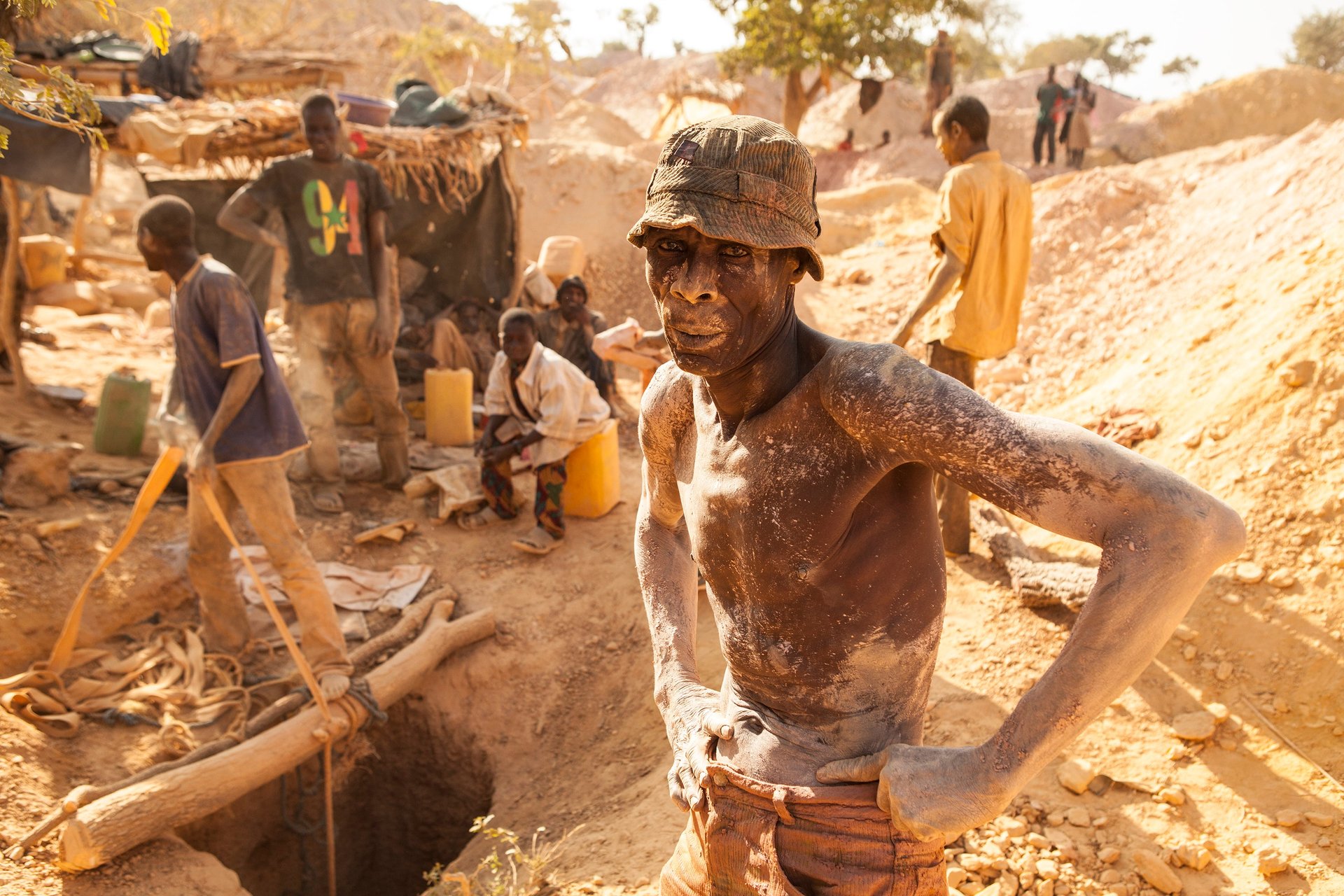

As consumers become more conscious about the origins of the products they own, artisanal mining has become increasingly more visible. It’s been a particular focus of the tech industry, in which the speed and convenience valued in the latest gadget seem at odds with a centuries-old mining technique. Yet, for thousands of people, this life in the mud and dust remains one of the few ways to take advantage of a country’s mineral resources.
The term artisanal mining is fairly new and reflects a changing perspective on what is still referred to as “illegal mining” in many countries. There’s a growing debate on regulating this small scale mining, to prevent them eating into official revenues, but also to prevent the rights abuses that have become part of the microcosm’s created by these mining communities.
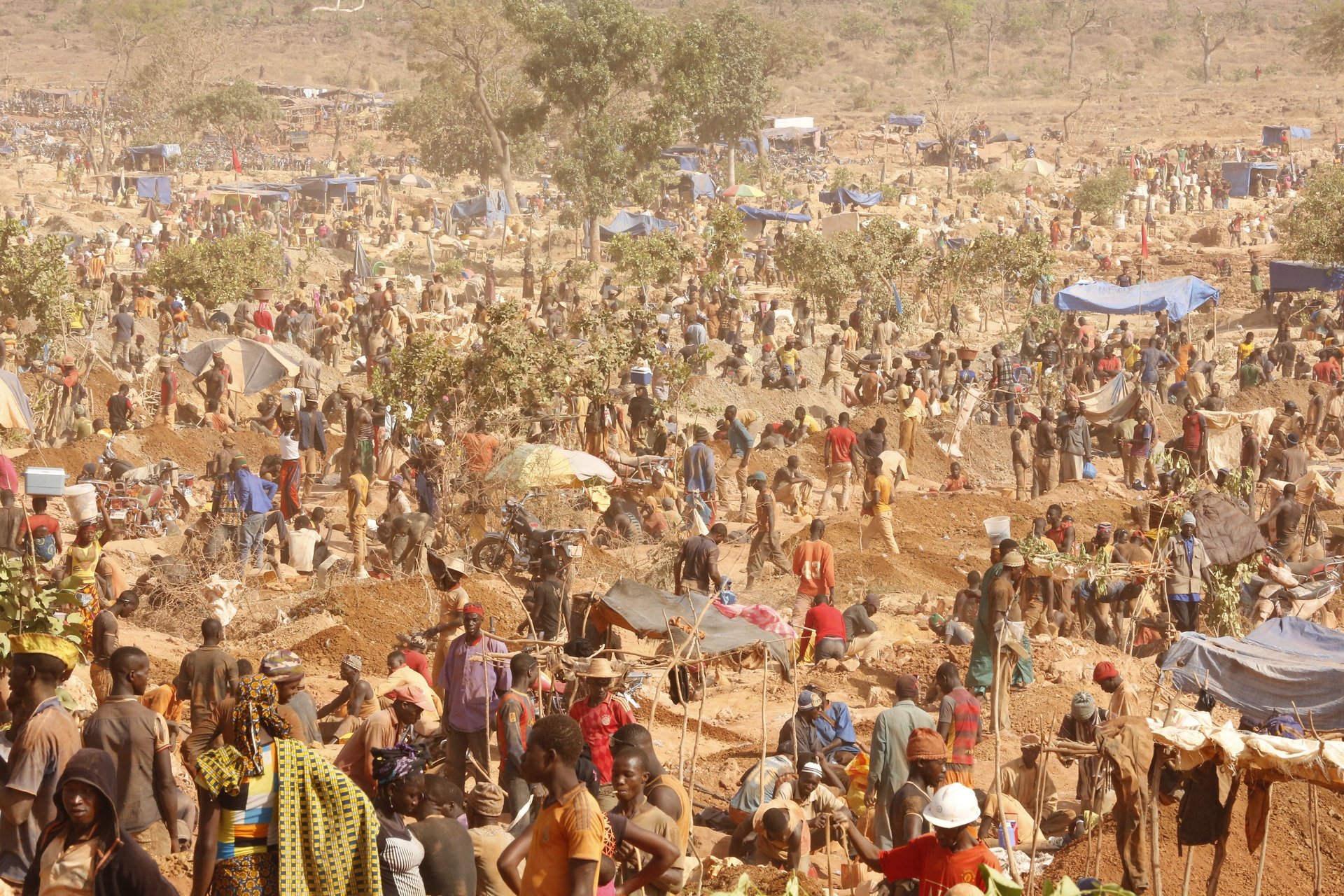
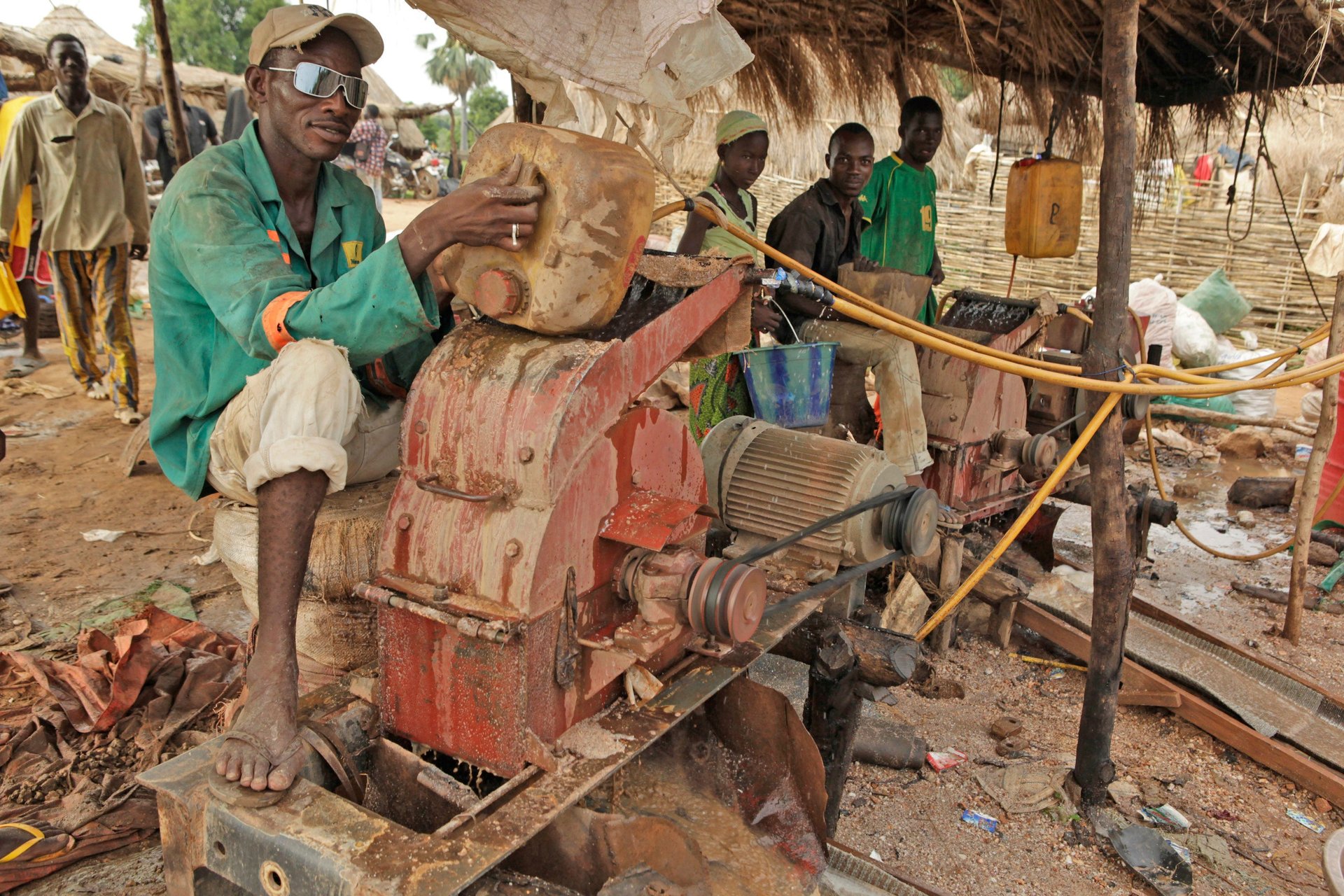
The temporary communities created around these open shafts are very real mining towns, providing a livelihood for thousands of people. Australian photographer Hugh Brown has spent the last 12 years documenting artisanal mining. Expecting to find stories on conflict minerals, child labor and organized crime, Brown also encountered flexible micro-economies that defy borders, and simultaneously ignored section of the global economy. With his series “Cruellest Earth,” Brown travelled to artisanal mines around the world, including 16 in Africa.
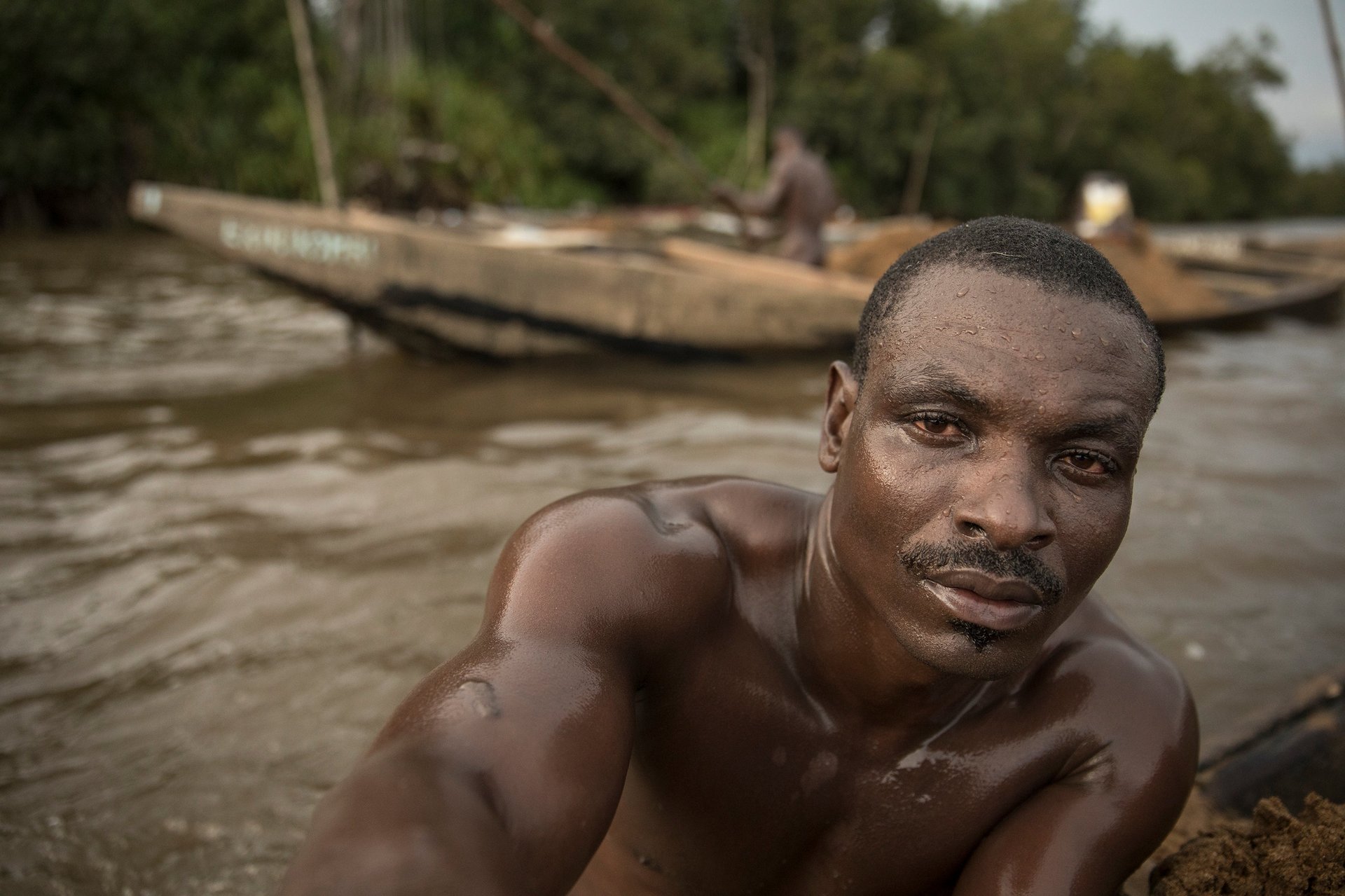
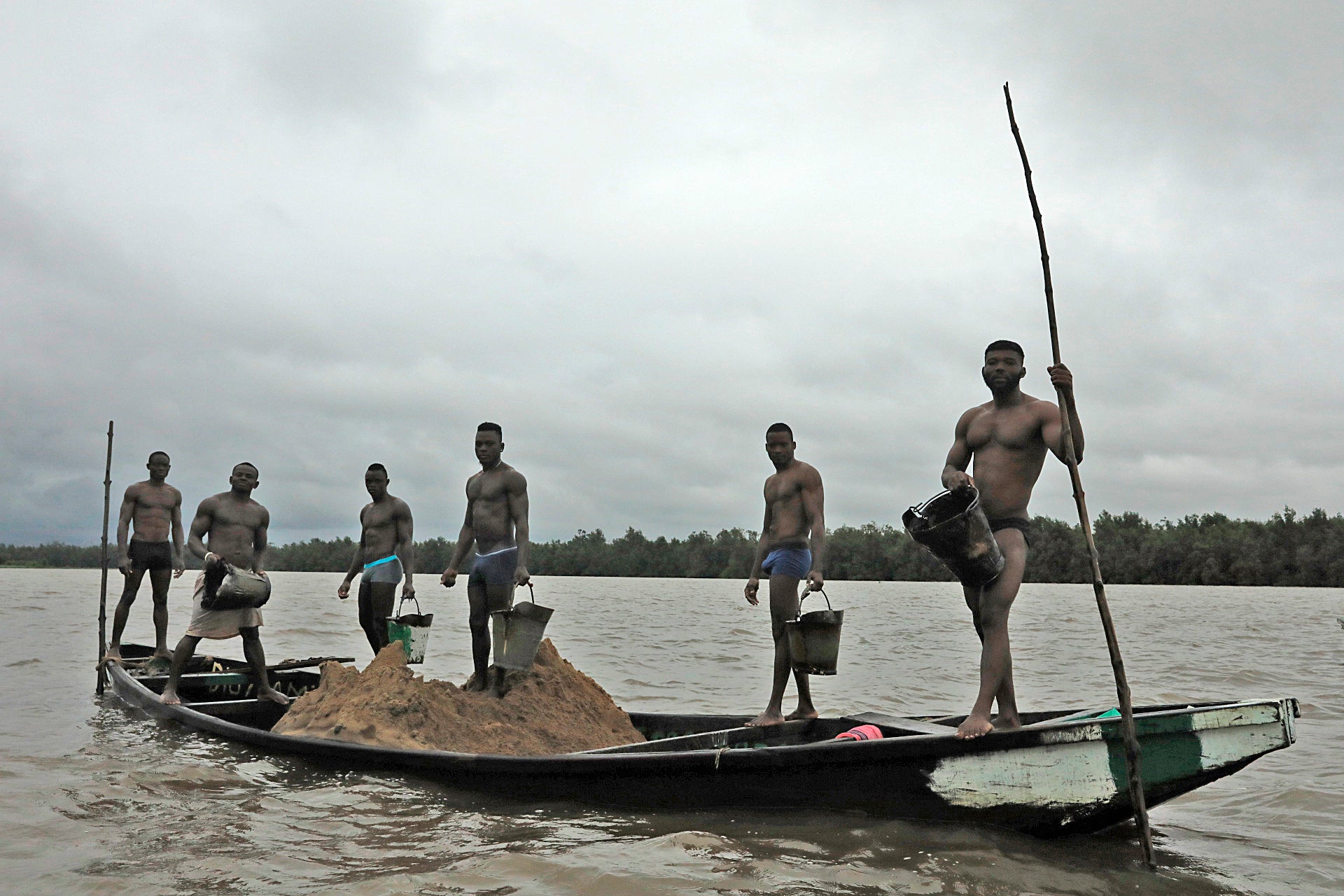
“One minute, as I learned in Burkina Faso in 2010, there can be a mining area with 50,000 people, and then literally two weeks later another mining area will appear and the miners will head for the next big thing,” said Brown, who was a management consultant before. “Country borders typically mean nothing in these places and are typically very porous wherever they intersect with mining areas.”
In an environment that “truly is the survival of the fittest,” Brown told Quartz, he also chronicled the communities that spring up around artisanal mines, from the blacksmiths to the brothels, the micro-financers and equipment suppliers. The complexity of these mines and their surrounding communities demonstrates why applying one-size-fits-all regulation to ensure customer satisfaction in the west would be problematic.
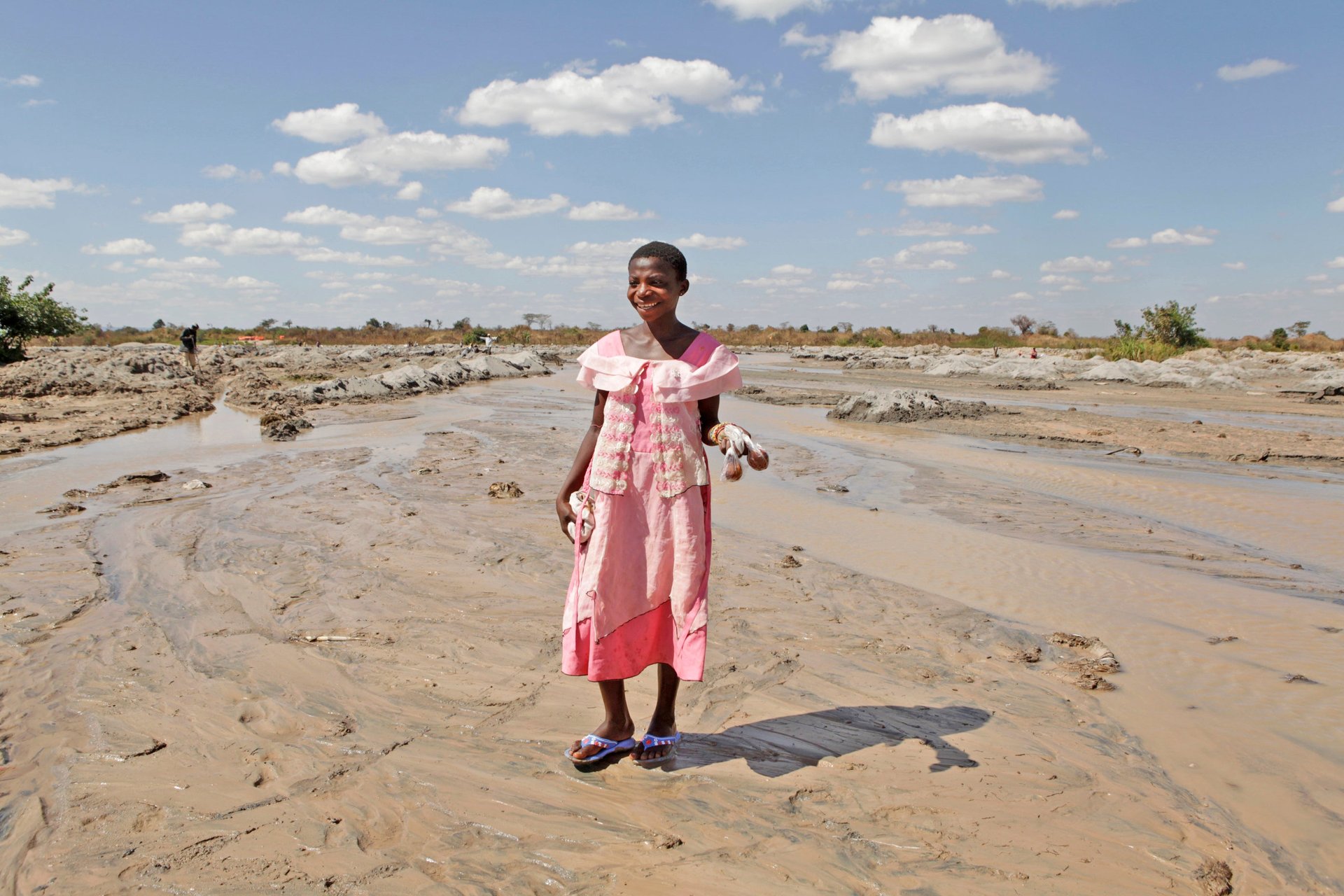
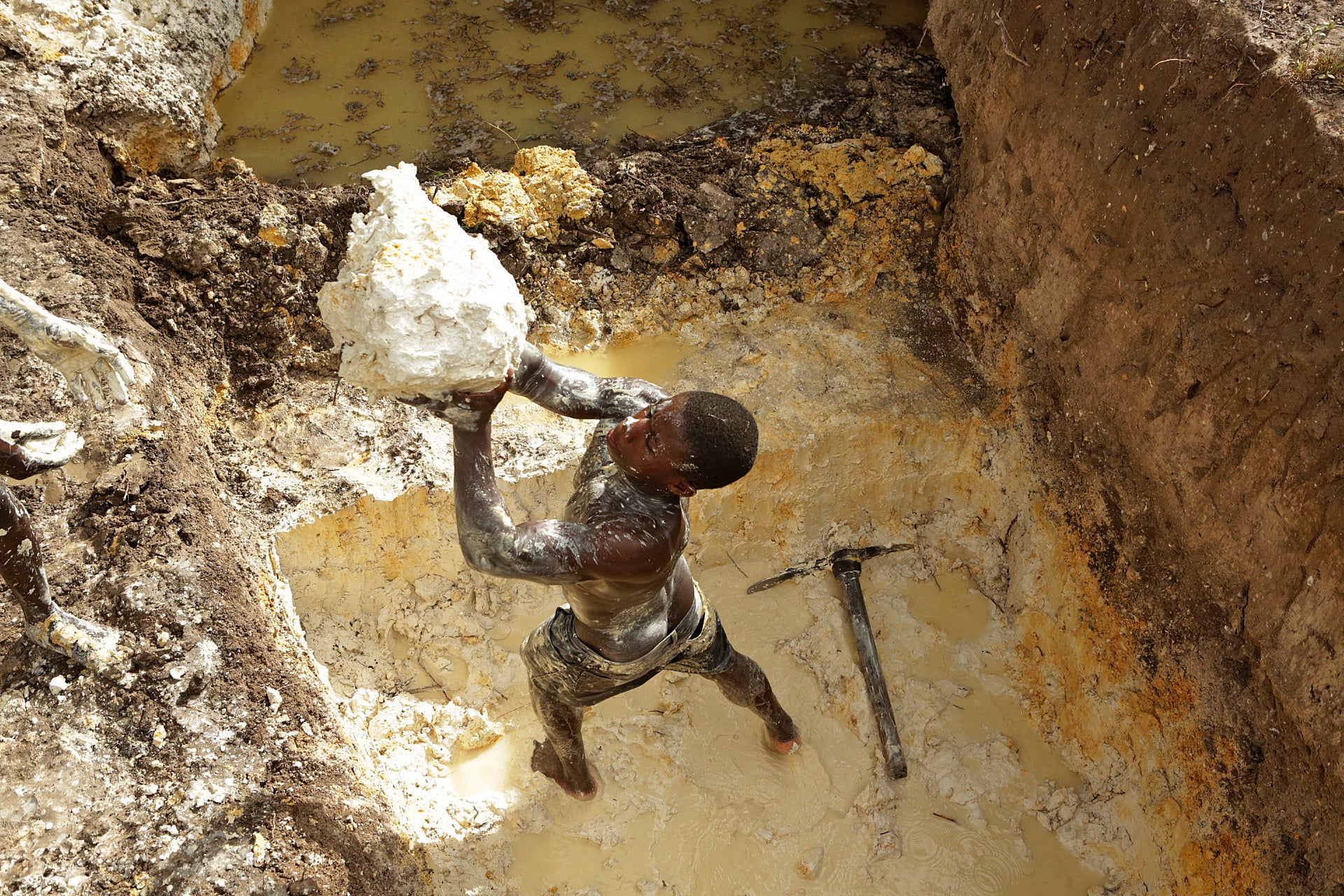
“We also need to be careful that we don’t merely shift sourcing away from Africa’s artisanal miners to those that meet our expectations of western occupational health and safety standards,” says Brown. “Then all that we are really doing is further cementing the concentration of the global wealth among those that need it least.”
Still, Brown is cognizant of how life on artisanal mines leads to exploitation, both of people and the surrounding environment. The images capture the sheer physicality of the work, from men wriggling down narrow shafts to the teams of sand divers in Cameroon. They also capture the harsh labor conditions on open mines. This was especially true for women on the mines, who are subject to gender violence but who have also been instrumental in transforming the industry for the better.
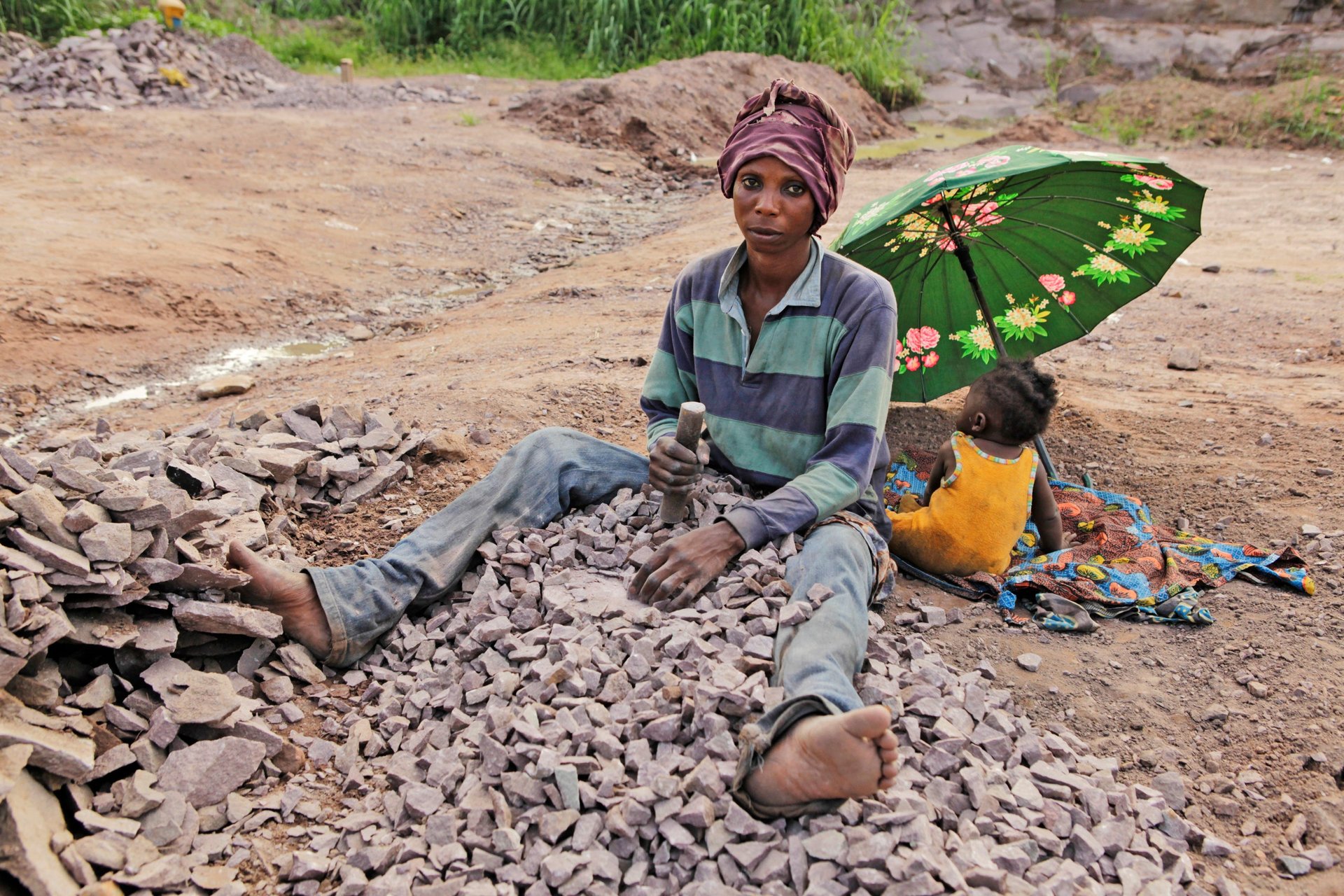
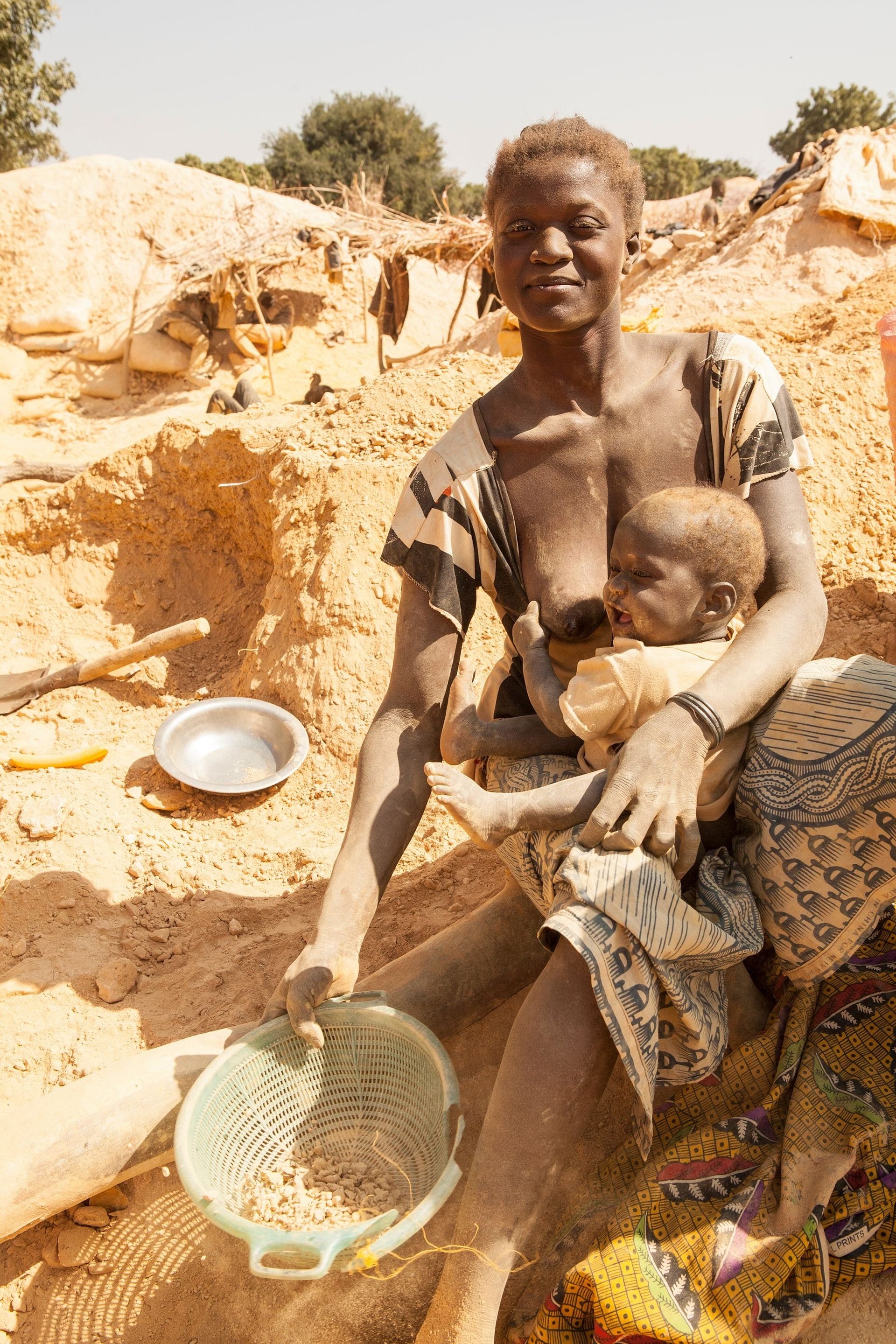
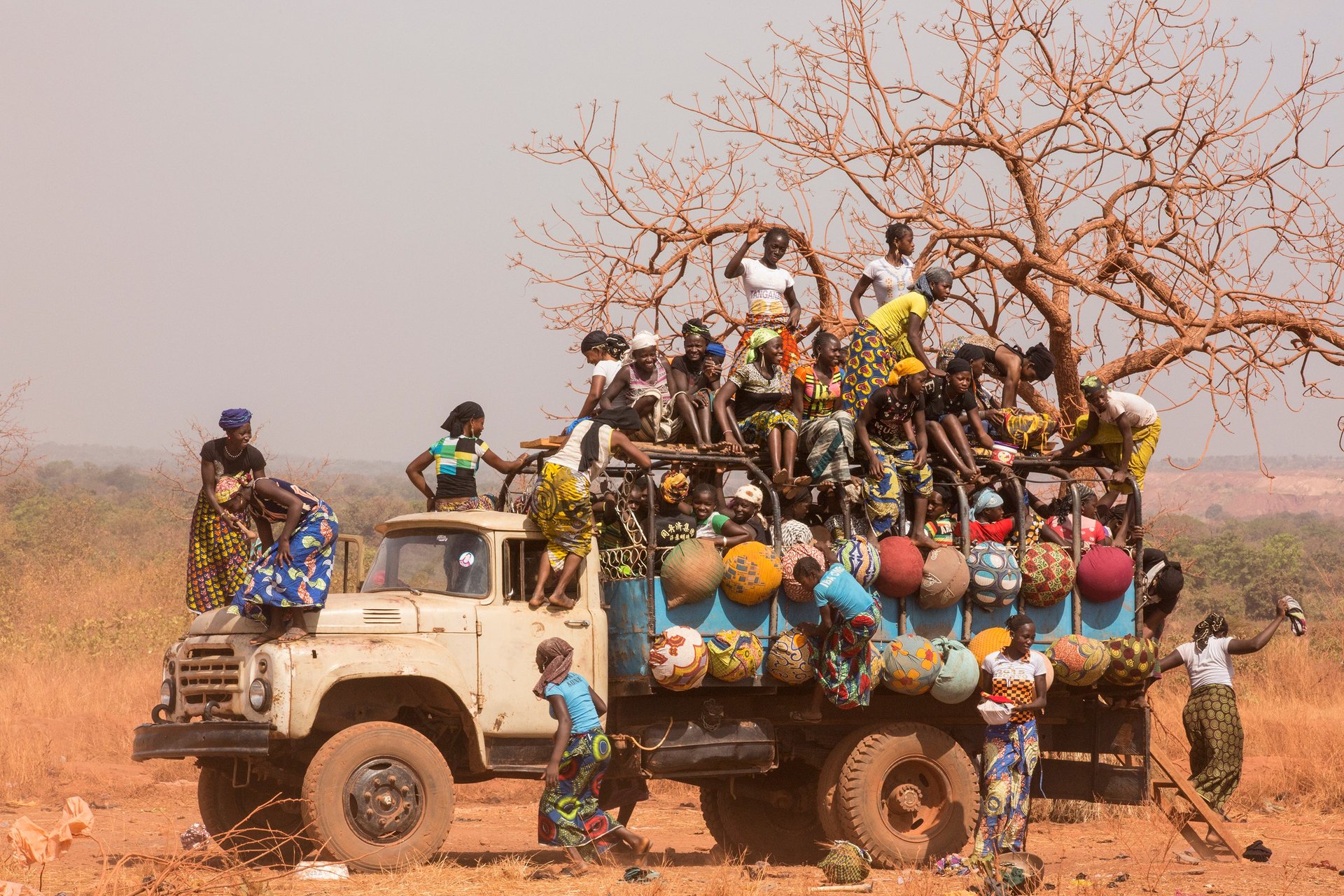
“I’m not disputing that there are complex issues involved, but we must also recognise the benefits this sector brings,” says Brown.